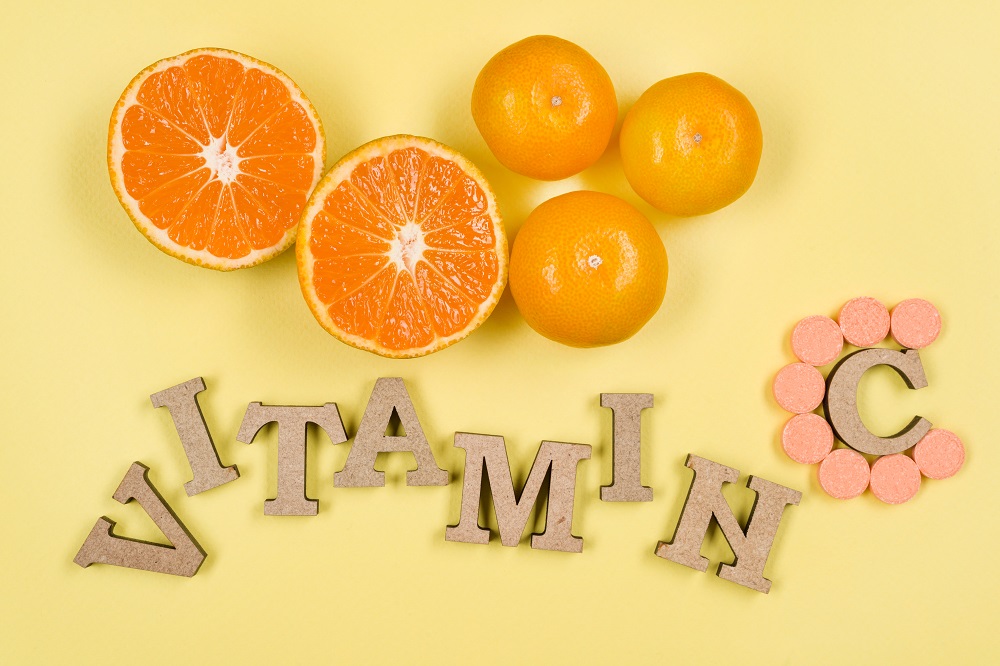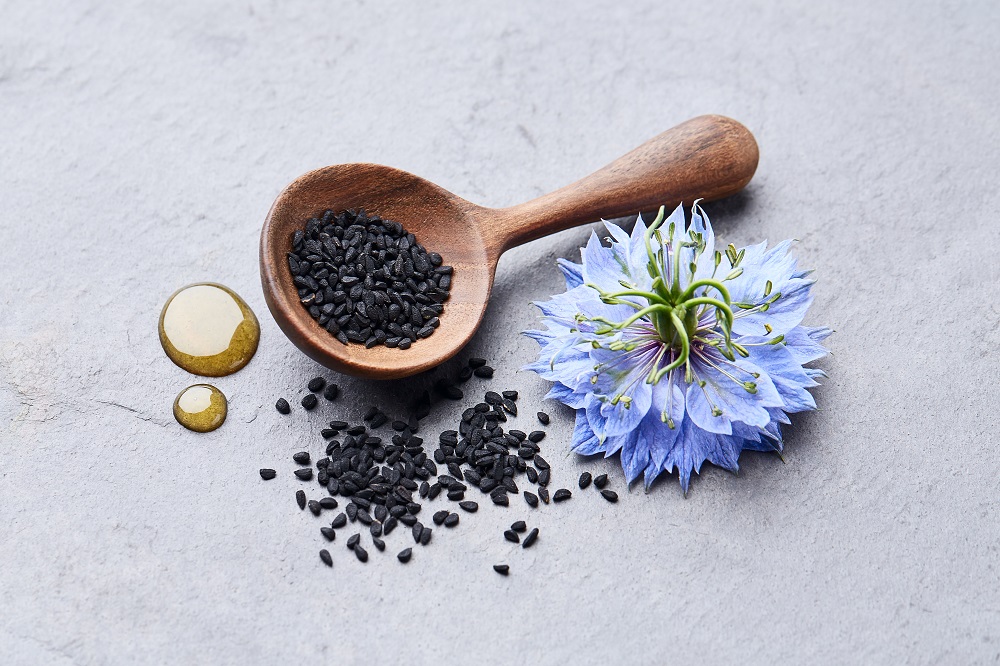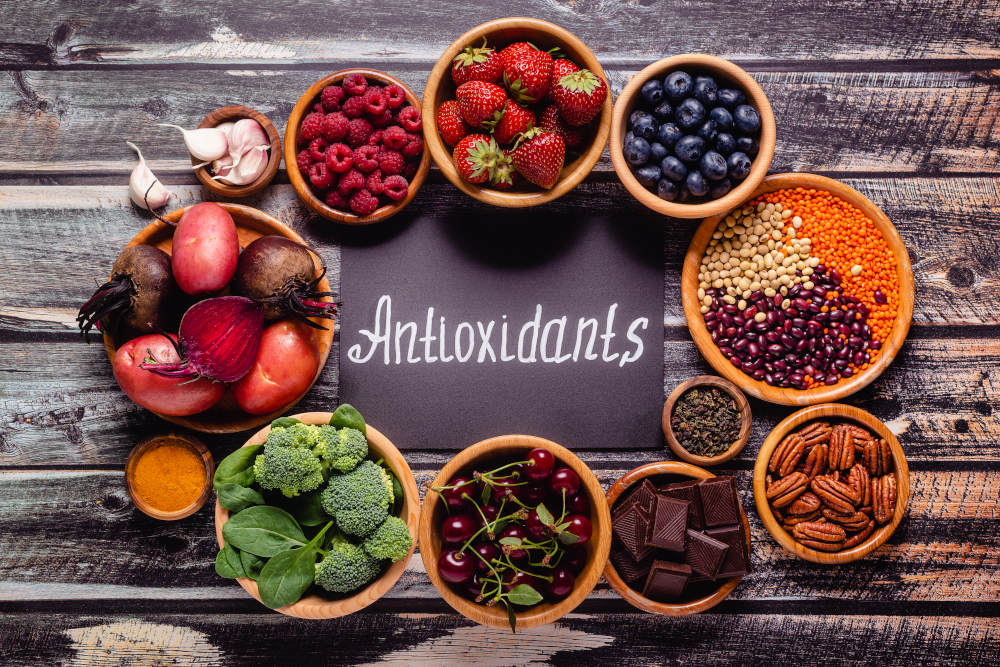
Apple cider vinegar - the elixir of health, beauty and slim figure
Apple cider vinegar is a product of apple fermentation, which is most often used in the kitchen. However, more and more people also appreciate it for its health-promoting properties.









